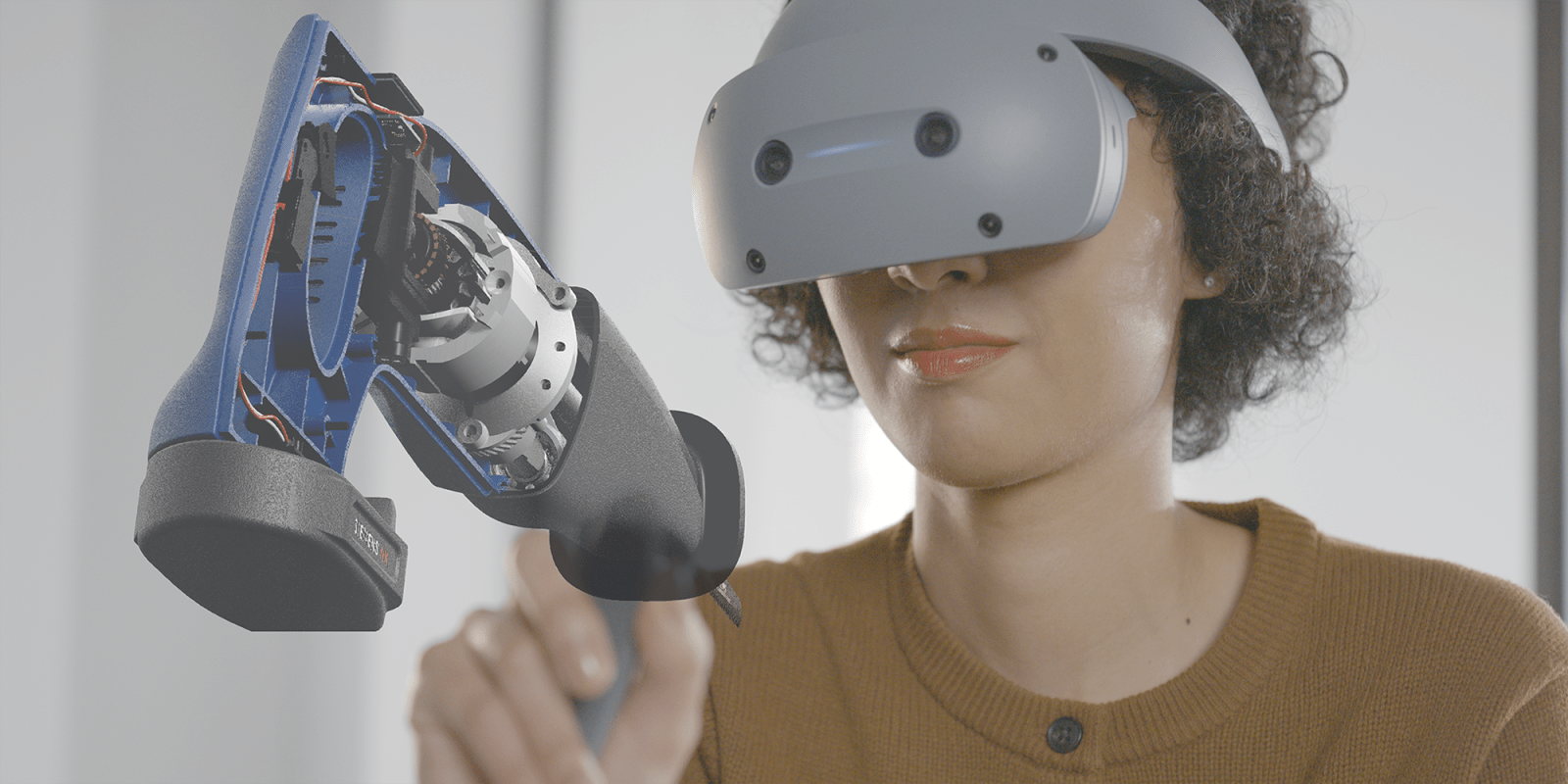
We saw the first potential Vision Pro competitor yesterday, in the form of the $699 Xreal Air 2 Ultra – and Sony has also now announced its own device. Interestingly, it doesn’t yet appear to have a name.
As with the Xreal glasses, how much competition the Sony headset will pose to Vision Pro depends on who would be buying it, and for what reason …
The upcoming Vision Pro competition
In part thanks to a new Snapdragon chip specifically built for spatial computing applications, we can expect a flurry of new mixed-reality headsets across a range of price-points.
We got a preview of one of these yesterday – Xreal announcing a device which is much closer in form factor to the Apple Glasses product we expect to be launched much further down the road, and which costs literally a fifth of the price of Vision Pro.
Sony has now announced its own upcoming offering, again powered by that same Snapdragon chip.
Sony’s unnamed flip-up headset
CNET reports on Sony’s announcement, which is firmly geared at the higher end of the potential userbase: industrial designers and the like.
The mixed reality headset, with a flip-up visor and a couple of wearable input tools, is focused on content creators and professionals. The hardware, coming later in 2024 […] features Sony’s own micro OLED displays, which have an impressive 4K resolution per eye.
It has some interesting design and usability features.
Sony’s headset doesn’t look goggle-like: Instead, its flip-down design floats the display tech over the eyes, allowing for some peripheral vision on the sides […]
A wearable ring accessory and stylus-like pointer tool can be used at once, one per hand, to manipulate and work with 3D objects.
We don’t know much more about it as yet. Price, availability, and even product name are yet to be revealed – beyond Sony saying it will launch sometime this year.
9to5Mac’s Take
As often happens, as soon as Apple enters an existing market, things get real.
We of course saw this with the iPhone. At the time, smartphones were geeky devices with physical keyboards. They were used either by nerds like me, or – in the case of the BlackBerry – by business execs. It was Apple which really turned the smartphone into a mass-market consumer device.
It was a similar story with smartwatches. Despite the head-start enjoyed by the Pebble and some fitness-band type products, the Apple Watch quickly came to dominate the market.
We’re now seeing it with mixed-reality headsets. Most consumer devices have focused firmly on virtual reality (VR) rather than augmented reality (AR). Of these, the Meta Quest line-up has been the most successful.
While you can use consumer headsets for some of the same applications envisaged by Apple for Vision Pro – like displaying virtual Mac monitors – I’ve tried it, and concluded that this type of functionality isn’t yet ready for prime-time.
There have also been separate devices aimed at the enterprise market, which have focused much more on mixed-reality – that is, mixing AR and VR. This is a whole other market, some of them costing even more than Vision Pro. I’ve also tried one of these, but it’s quite a different device, requiring a powerful computer to drive it, rather than being a standalone headset.
There are countless millions of consumers who’d never heard of mixed reality before who now have at least some level of awareness of it. That’s going to create a much bigger market for the tech.
We can expect at least four more companies to enter the market shortly: Samsung, HTC Vive, Immersed, and Play for Dream (formerly YVR).
As we noted last week, all of this is good news for consumers in general, and Apple users in particular.
The competition is good for everyone – both by offering a choice of devices at different price levels, and to encourage Apple to push hard on development of future headsets. While the Cupertino company will always aim to be at the premium end of the market, some realistic competition should also increase pressure for somewhat lower-cost versions of Apple’s spatial computer.
FTC: We use income earning auto affiliate links. More.




Comments